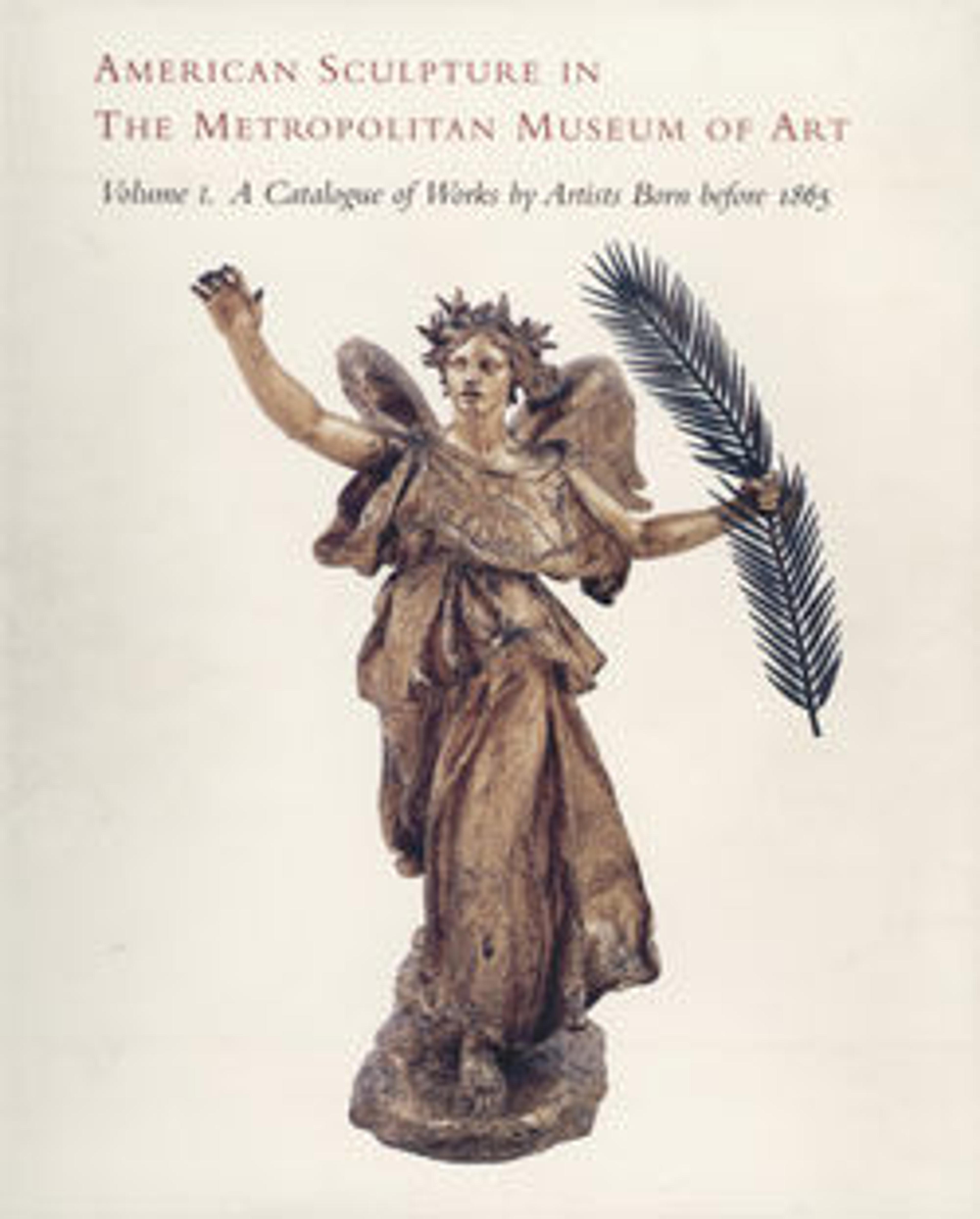Infant Ceres
"Infant Ceres" was the first sculpture in the round that Palmer modeled after turning away from his work as a cameo cutter. It is based on one of his children, logically, his two-year-old daughter Fanny, who was born in 1848. She is presented in the guise of the infant Ceres, the Roman goddess of agriculture and abundance. The hair, decorated with a thin fillet, is pulled back and adorned with blossoms. Sheaves of wheat, Ceres’s identifying attribute, encircle the figure and are tied in front.
Artwork Details
- Title:Infant Ceres
- Artist:Erastus Dow Palmer (American, Pompey, New York 1817–1904 Albany, New York)
- Date:1849–50; carved 1853
- Culture:American
- Medium:Marble
- Dimensions:14 1/2 x 10 x 6 in. (36.8 x 25.4 x 15.2 cm)
- Credit Line:Purchase, Gift of William Nelson and Gift of Misses Alice and Evelyn Blight and Mrs. W. P. Thompson, by exchange, 1997
- Object Number:1997.17
- Curatorial Department: The American Wing
More Artwork
Research Resources
The Met provides unparalleled resources for research and welcomes an international community of students and scholars. The Met's Open Access API is where creators and researchers can connect to the The Met collection. Open Access data and public domain images are available for unrestricted commercial and noncommercial use without permission or fee.
To request images under copyright and other restrictions, please use this Image Request form.
Feedback
We continue to research and examine historical and cultural context for objects in The Met collection. If you have comments or questions about this object record, please contact us using the form below. The Museum looks forward to receiving your comments.
